Protists
KNOWN SPECIES
494,945
20.99% of our world's living things are protists
CHARACTERISTICS
- diverse group of species, ranging from single-celled organisms to multicellular organisms like seaweed and kelp
- grouped together mainly because they CANNOT be classified as plants, animals, fungi, or bacteria
SIZE RANGE
microscopic to about 98 feet (less than 1 micron to about 30 meters)
WHERE THEY LIVE
in soil, fresh water, and oceans, and as parasites inside other organisms
Here are just SOME of the world’s protists:

SCIENTIFIC NAME:
Acetabularia sp
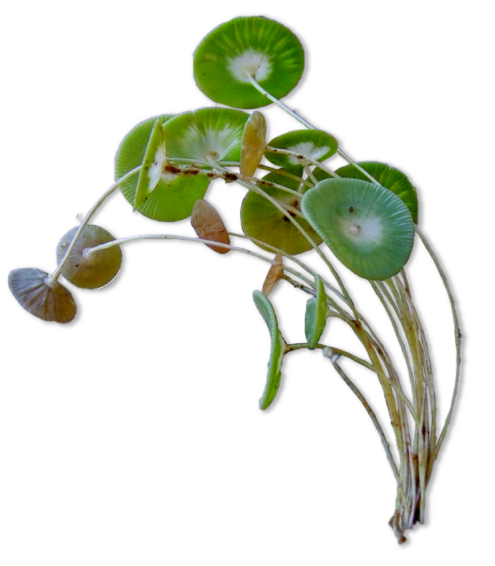
SCIENTIFIC NAME:
Amoeba proteus
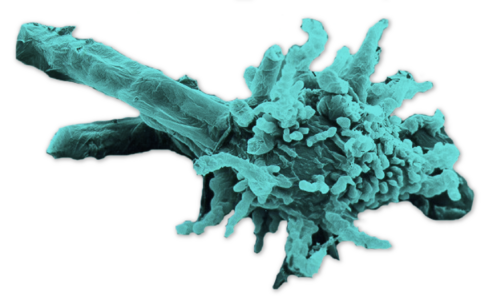
SCIENTIFIC NAME:
Navicula sp
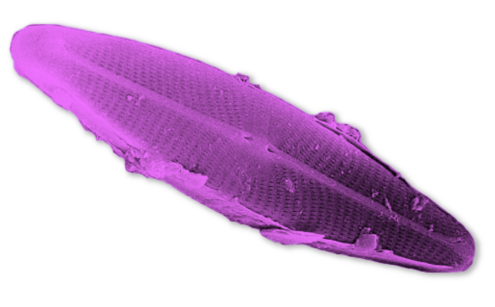
SCIENTIFIC NAME:
Macrocystis pyrifera
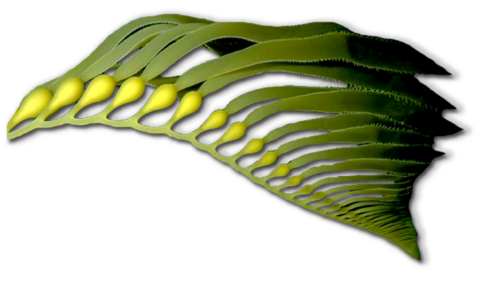
SCIENTIFIC NAME:
Peridinium gatunense
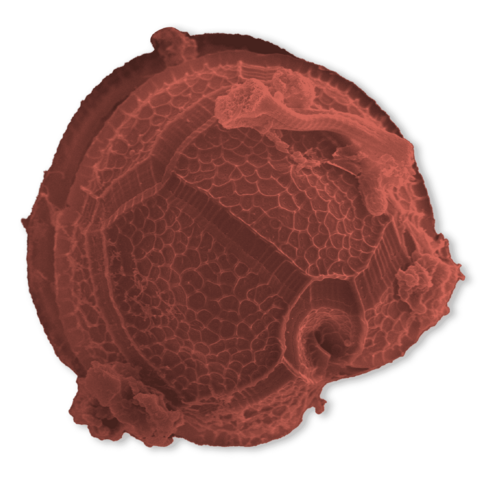
SCIENTIFIC NAME:
Paramecium sp
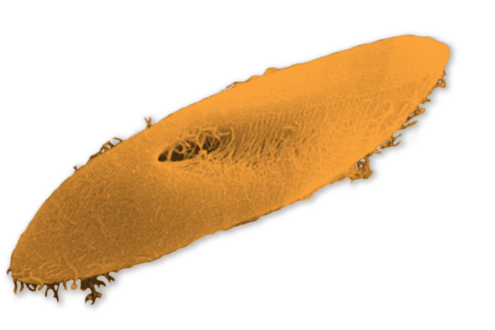
SCIENTIFIC NAME:
Tetrahymena pyriformis
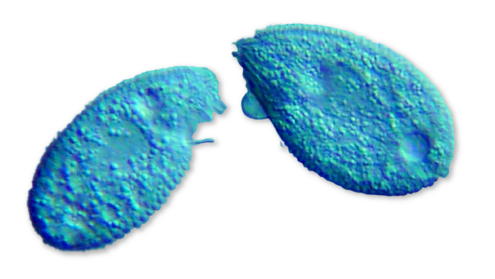
Guess what?
Protists eat in many ways! Some species surround their food and engulf it. Others can use energy from sunlight to make chemicals they need to grow and survive, in a process called photosynthesis. And some break down dead or decaying material to get energy and nutrients.
Image Credits:
Acetabularia sp, © alderash/CC BY-NC; Amoeba proteus, Navicula sp, Paramecium sp, Courtesy of Louis de Vos, BIODIC; Macrocystis pyrifera, Courtesy of Gary McCarthy; Tetrahymena pyriformis, © Picturepest/CC BY 2.0; Peridinium gatunense, © susan22carty/CC BY-NC.




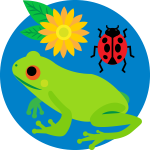 Biodiversity
Biodiversity
 Brain
Brain
 Genetics
Genetics
 Marine BiOLogy
Marine BiOLogy
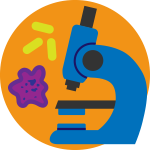 MicrobiOLogy
MicrobiOLogy
 PaleontOLogy
PaleontOLogy
 ZoOLogy
ZoOLogy
 AnthropOLogy
AnthropOLogy
 ArchaeOLogy
ArchaeOLogy
 Astronomy
Astronomy
 Climate Change
Climate Change
 Earth
Earth
 Physics
Physics
 Water
Water
